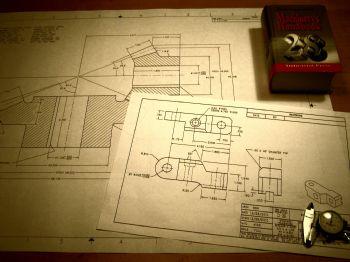
BSI, the British standards company, has revised BS 8888:2017 – Technical product documentation and specification. The latest version is a comprehensive update to the UK’s national framework standard for engineering drawings and geometrical tolerancing.
BS 8888, which defines the requirements for the technical specification of products and their component parts, explains the way in which engineering drawings outline and present these specifications, and it covers all of the symbology and information that engineers and designers need to include on their drawings — whether they are produced in 2-D or in 3-D using CAD systems and 3-D modelling.
The revised standard aims to help UK industry move over more fully to the ISO system of geometrical product specification, and it is based on the ISO GPS system of product specification standards.
BS 8888 brings together all the international standards needed to prepare technical product specifications. The standard aims to assist UK industry to use the 200 or more international standards on documentation, specification, and verification.
Dan Palmer, head of market development for Manufacturing and Services, said: “BS 8888 is the descendant of the world’s original engineering drawing standard, BS 308, and it is aimed at engineers who were trained using BS 308,
as well as new users.
“The benefits of BS 8888 include improved productivity, reduced costs and enhanced quality. For industry, this can mean fewer disputes over the compliance or non-compliance of components, reduced scrap and re-work rates, and fewer queries due to incomplete specifications.”
Leading UK organisations such as Airbus, Sellafield, Jaguar Land Rover and BAE Systems are all represented on the committee responsible for BS 8888; they represent the typical target markets for the standard.